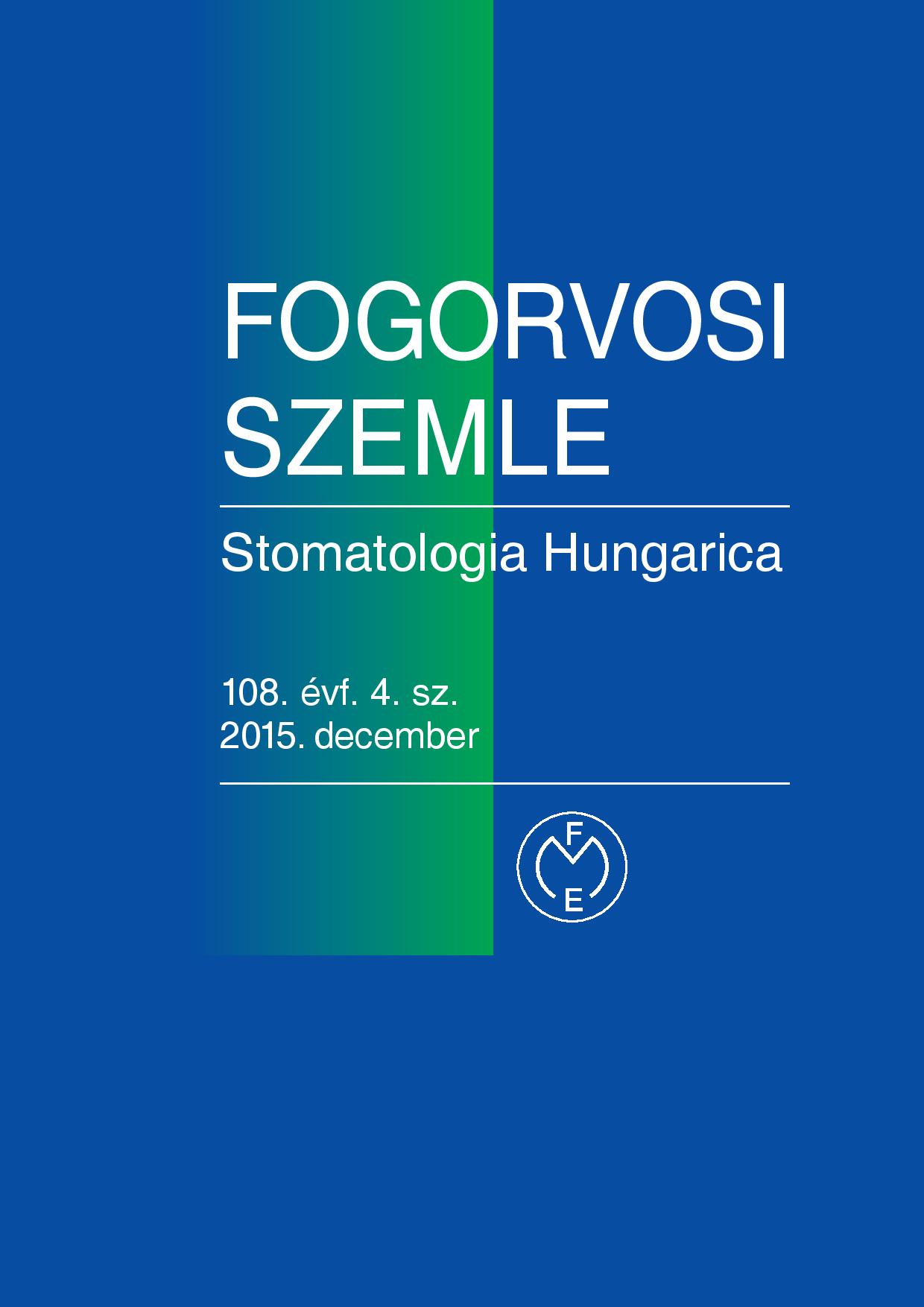Branchiogen cyst at unusual age and in rare localisation
Case report
Abstract
Branchiogen anomalies represent a heterogeneous group of developmental abnormalities, they arise from incomplete
obliteration of branchial clefts and pouches during embriogenesis. Clinically they can present as a cyst, fistula or sinus.
Second cleft lesions account for 95% of the branchial anomalies. Second branchial cleft cysts are usually located in the
neck, along the anterior border of the stenocleidomastoid muscle, but they can be anywhere along the course of the
second branchial fistula from the tonsillar fossa to the supraclavicular region. Their presence in the nasopharynx is extremely
rare. Ultrasound, computed tomography (CT) or magnetic resonance imaging is recommended for diagnosis.
Definitive treatment is surgical excision, these lesions do not regress spontaneously and often result recurrent infections.
A 7 month old infant applied to a pediatrician with gastrointestinal viral infection. During examination a cystic mass
was discovered in the right lateral nasopharyngeal wall, the lesion extended to the oropharynx. Marsupialisation was
performed via transoral approach. In case of cystic lesion in the lateral epipharynx, branchial cleft cyst should be considered
in the differential diagnosis.
Copyright (c) 2021 Authors

This work is licensed under a Creative Commons Attribution 4.0 International License.


.png)




1.png)



